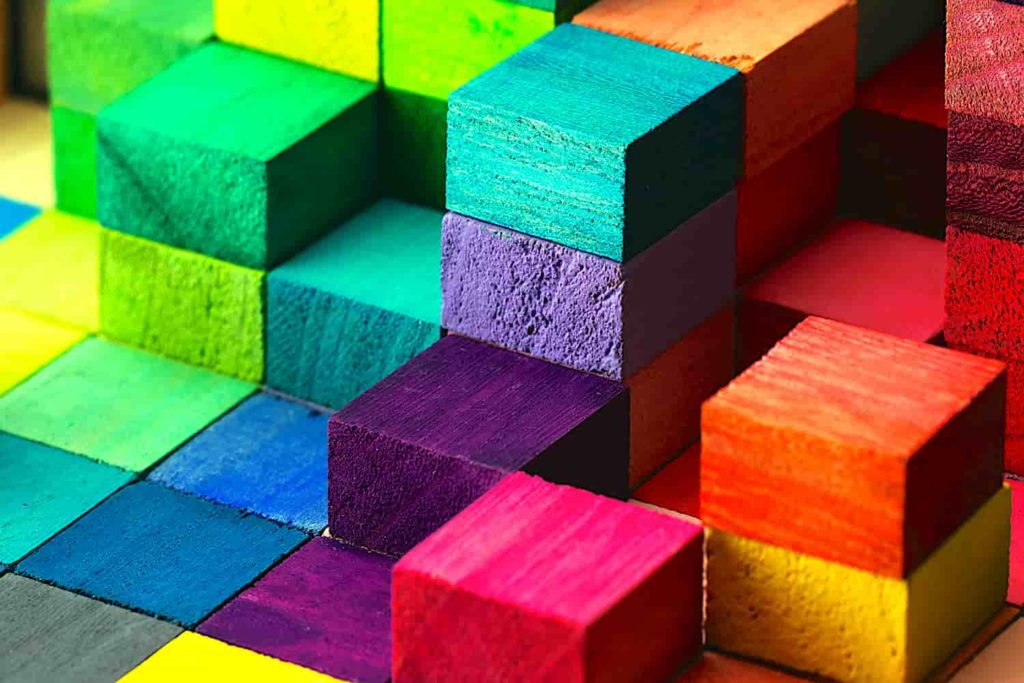
The Building Blocks of Creativity
Some people say that originality is overrated. I say that originality is impossible. This is a heretical position to express in a blog about creativity, and the contention does require some unpacking. What we call originality is really creativity, which doesn’t spring from the void, but rather is constructed out of preexisting elements. This post explores what those elements are.
Children’s Building Blocks
To illustrate the point that creative production is assembled of previously existing material and therefore not “original,” an example from childhood is useful. Let’s imagine that a child has as an assignment of writing a story. The child makes up a world that has the danger of bears that are purple with orange spots. You might say that this invented danger is original because the child has never heard of, seen, or read about a purple bear with orange dots.
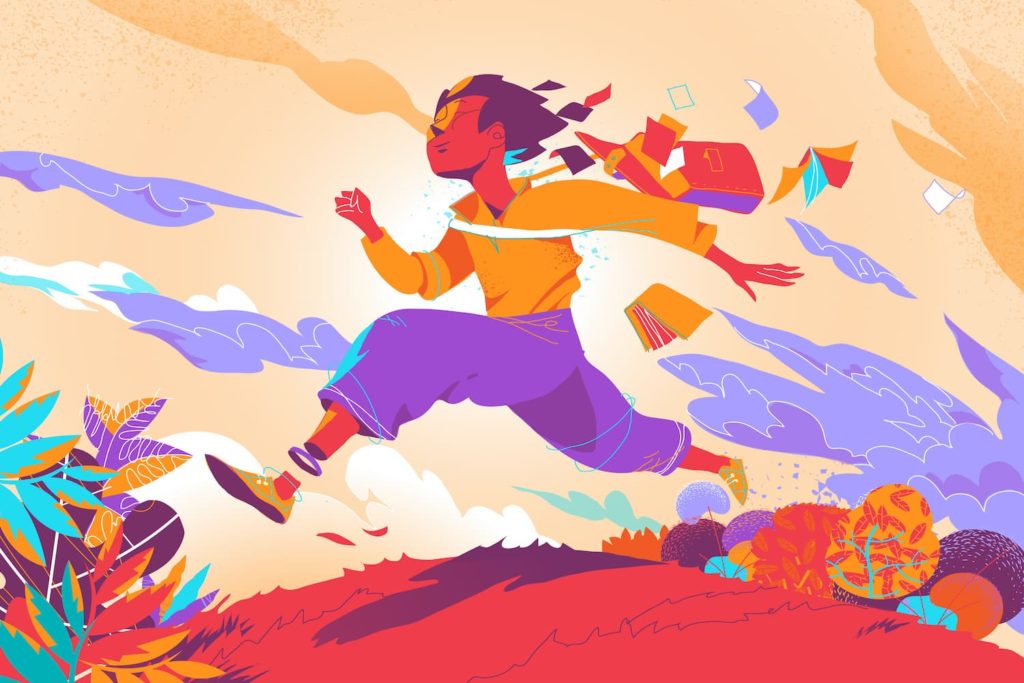
It may be true that the combination is unique, but the child does have preconceived notions of what the elements “bear,” “spots,” “purple,” and “orange” are. The child’s concept is creative precisely because she is combining these known elements in a new way. One of the widely accepted definitions of creativity is the ability to make novel connections that are somehow useful. The child’s combination of elements is new, as we have seen, but it is also useful because it serves as an interesting source of danger in her childhood story.
In this example, the purple and orange spotted bear is creative because the elements are put together in a new way, not because the elements themselves were created completely out of thin air. You may object that everyone knows what “purple,” “spot,” “bear,” and “orange” are, so does it follow that we all have the same available building blocks of creativity?
Not at all.
Then where do we get them?
The Clay for Bricks
The building blocks of creativity are, to put it very simply, information. The material out of which we assemble the “products” of creativity is the sum of the information contained in our minds. If creativity is a product of the brain, it follows that it must be built from the contents of the brain.
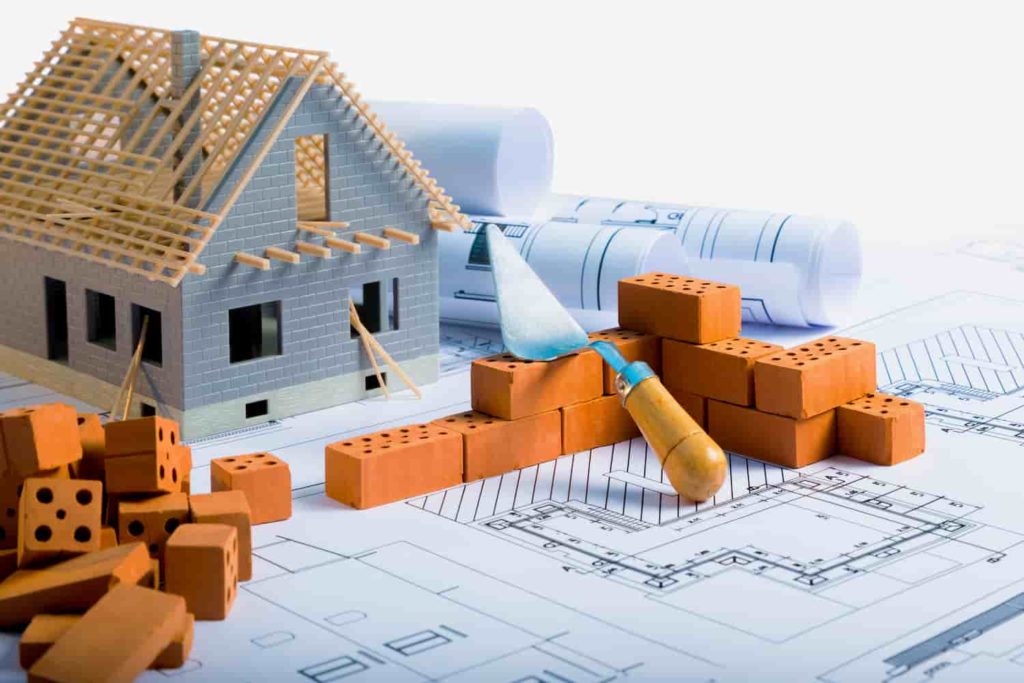
What is really at issue is what we can do to populate the brain with information with which to be creative. In other words, how do we get our hands on (or more accurately, our brains on) the building blocks of creativity? These are gained through theoretical exposure (reading or education) and practical experience. Said another way, we can learn about new people, places, things, phenomena, etc. through schooling, reading, or self-study, and we can also obtain those building blocks of creativity through the experiences of our daily lives. The richer our learning practices and our lived experiences, the more material we have out of which to be creative.
Building Better Blocks
The aphorism, “a building is only as strong as the materials out of which it is made,” is true in terms of creativity. This being the case, selecting good materials is important. Luckily, options are all around us: we have opportunities every day to make choices regarding our theoretical inputs (education) and practical inputs (experience).
Going back to the example above, a couple of years pass, and the child is given the assignment to re-write a story she had written in the past. She selects the tale about the purple bears with orange spots. She’s had lots of education and experiences over the past couple of years of her young life. She recently went to the zoo and became fascinated with the large cats. She’s also been taking an art class after school and loves the names of the paint colors. She regularly goes to the farmers’ market with her grandmother and each time she asks to sample an unusual fruit.
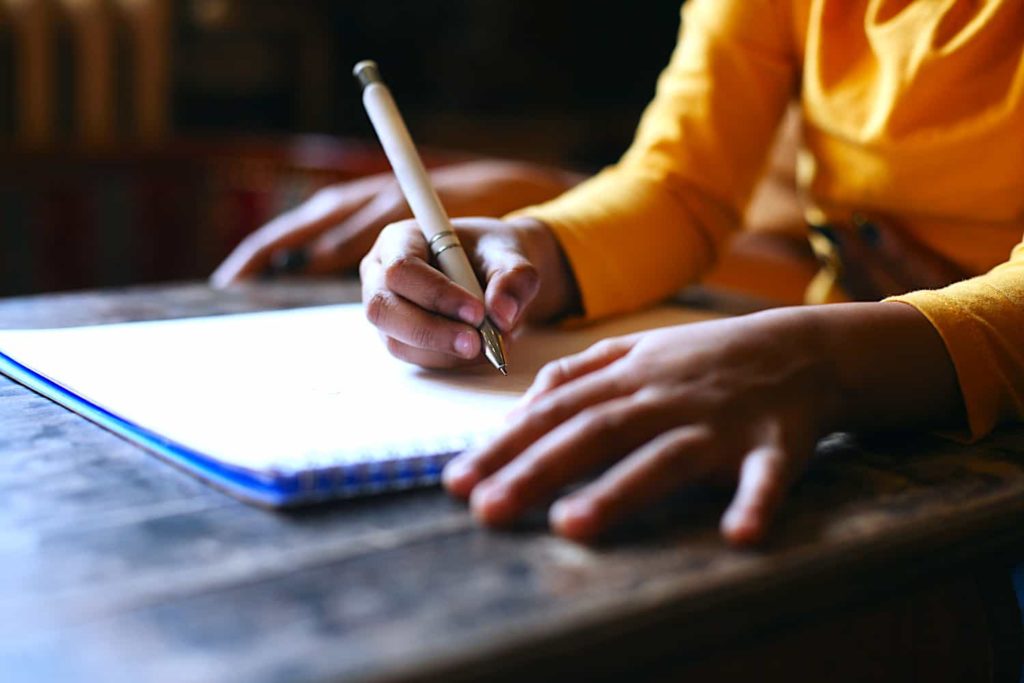
When she rewrites her story, the purple bear with orange spots becomes a periwinkle panther with peach polka-dots who guards a pot of persimmons (she has also learned about alliteration). Because of her expanding education and experience, her imagination contains more raw material with which to create, and her story improves.
Construction for Grown-Ups
There is an understandable and yet unfortunate tendency to associate both creativity and education with youth. It’s true that children are inherently creative and that most societies require formal education principally of its youngest members. It is also true that creativity is available to everyone, regardless of age. Adults can also improve the quality of our “construction materials”: education and experience are ageless, too.

When I use the term “education” here, I certainly include formal education (elementary, middle, secondary/high school, college, graduate school, trade school, etc.), but education is much more expansive than structured classroom learning. It has to do with what we read and watch, and any instruction we receive, whether it be formal or informal. My mother loves the aphorism, “you learn something new every day,” and this, too, is true in terms of creativity. It is also true that some people learn more each day than others. We can always choose to stay curious and keep learning. Our imaginations use that learning in turn as material out of which to create.
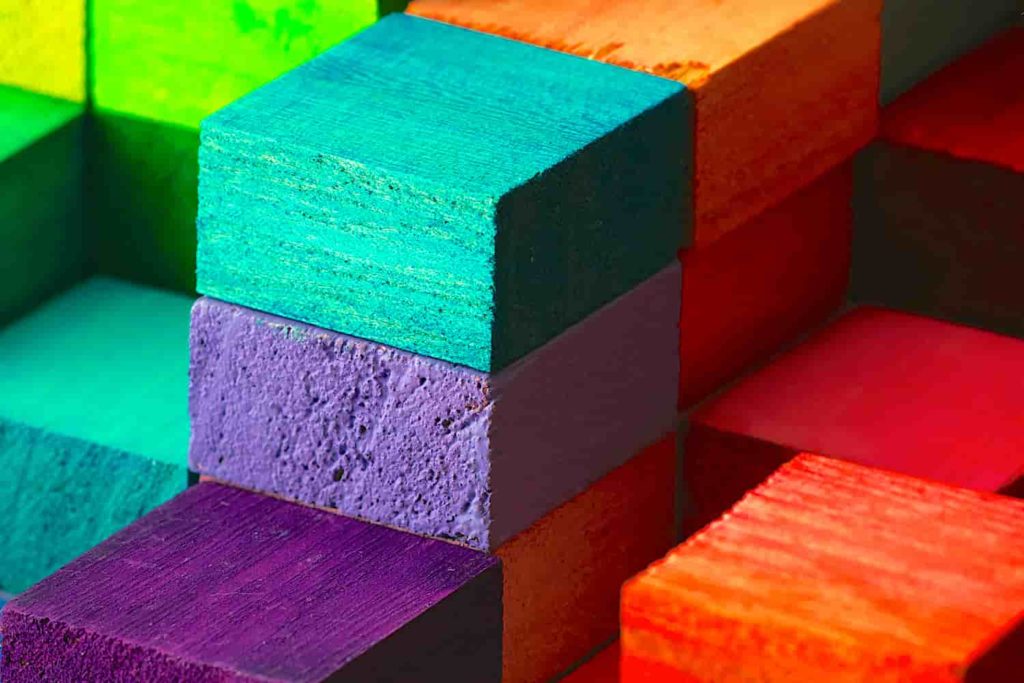
Practical experience, the other building block of creativity, is also available to us throughout our lifetimes. Our lives are a collection of our experiences, and we can continue to choose varied and enriching experiences as we get older, or we can choose to repeat the same experiences over and over. I am a person of routines and habits, so it is a challenge for me to select variety over repetition, but I am making an effort. I hope you will, too.
Building toward the Future
If we want to enhance our creativity, then expanding our educational and experiential inputs is essential. This sounds easy in theory, but in practice, we face many barriers in our pursuit of better building blocks of creativity. I will explore those obstacles and ways of getting past them over the next several weeks in the blog. The posts on this topic will contain personal anecdotes, practical solutions, and examples beyond the periwinkle panther with peach polka-dots.